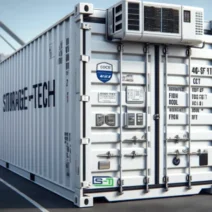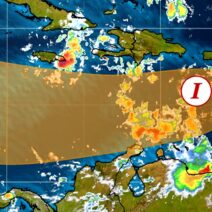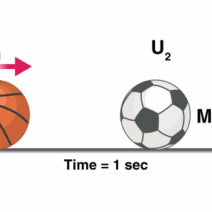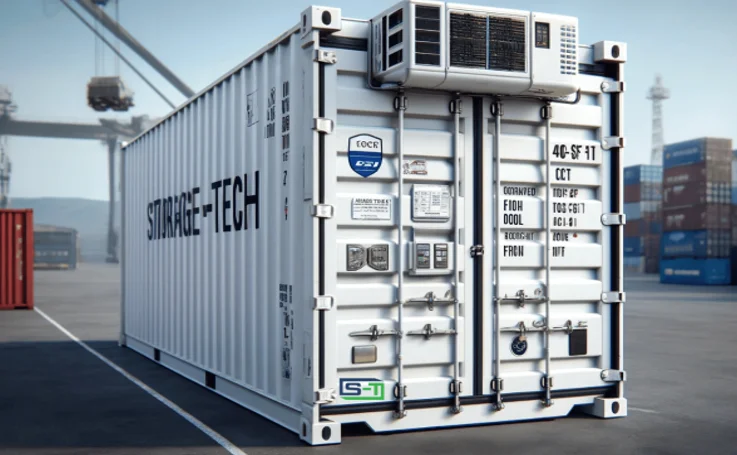When it comes to safeguarding our possessions, especially those susceptible to environmental variables, the notion of climate-controlled storage emerges as a salient solution. This specialized storage option offers an array of benefits, tailored to preserve items that are vulnerable to extreme temperatures and humidity levels. Many people may wonder which items truly warrant such meticulous care and attention. The answer often lies in a broader understanding of the effects of climate on materials, alongside an appreciation for the value of certain items. Consequently, this discussion delves into the types of possessions that necessitate climate-controlled storage and highlights the underlying motivations for their preservation.
The first category that demands climate-controlled storage encompasses electronics. Modern gadgets—such as computers, smartphones, and televisions—are sensitive to both heat and moisture. Electronic components can corrode, leading to irreparable damage or reduced functionality. Furthermore, high humidity can cause circuit boards to short-circuit, while excessive heat may warp plastic casings. By placing these sensitive devices in climate-controlled storage, owners can extend their lifespan, ensuring that technology continues to function optimally over time.
Another significant category is vintage and antique items. These treasures often possess a rich historical significance and can represent substantial financial investment. Fragile materials—such as wood, paper, and textiles—can deteriorate rapidly when exposed to fluctuations in temperature and humidity. For instance, high humidity can encourage mold growth on paper products, while dry conditions can lead to cracking in wooden structures. Climate-controlled storage provides these invaluable relics with a stable environment, thus safeguarding their integrity and preserving history for future generations.
Similarly, art and musical instruments occupy a precarious position regarding climate sensitivity. Paintings, sculptures, and photographs are vulnerable to fading due to light and temperature changes. Moreover, humidity levels can cause significant damage to artworks, leading to alterations in texture, color, and overall composition. Instruments made from wood, like pianos and violins, require stable humidity levels to maintain their acoustic qualities. The wood can swell in high humidity or crack in dry conditions, resulting in costly repairs or permanent damage. Storing fine art and instruments in climate-controlled conditions ensures that these items remain both aesthetically pleasing and functional.
Additionally, collectibles are often overlooked when considering climate-controlled storage. Items such as stamps, coins, or sports memorabilia can deteriorate due to fluctuating temperatures and humidity. For instance, coins can corrode, and stamps can become yellowed or torn if not protected. Collectors often invest significant resources in acquiring these items, making their preservation essential. Climate-controlled storage prevents unnecessary depreciation, allowing collectors to maintain their investments in pristine condition.
Furthermore, photographs and film negatives represent a form of personal history that can be easily damaged by environmental factors. High heat and humidity can cause photographs to warp or develop mold. Analog film, which can include everything from negatives to prints, is particularly sensitive to climate conditions, often requiring a stable environment for preservation. Climate-controlled storage facilities offer the requisite conditions to ensure that cherished memories remain intact for years to come.
When discussing climate-controlled storage, it is important to acknowledge the role of seasonal items. Seasonal decorations, such as holiday ornaments and outdoor furniture, can be affected by moisture and temperature extremes. For instance, plastic decorations can become brittle in cold temperatures or warp in heat. Additionally, outdoor furniture may suffer damage from humidity or moisture build-up if not stored properly. Climate-controlled facilities provide a secure environment that prevents such adverse effects, elongating the life of seasonal items.
Moreover, documents and important records also merit consideration. Legal papers, business documents, and personal archives are susceptible to damage due to humidity and temperature shifts. Paper can become discolored, brittle, or even develop mold in unfavorable conditions. Moreover, critical documents such as wills, birth certificates, and financial records need to be preserved as they often hold significant importance. Climate-controlled storage options ensure these vital records remain safely intact and easily accessible when needed.
The deeper fascination with climate-controlled storage often transcends mere functionality. It lies within a broader cultural appreciation for preservation and a desire to maintain authenticity. The act of protecting valuables signals a respect for history, quality craftsmanship, and innovation. The results of such preservation efforts can also lead to the business potential for collectors and investors alike, as items retained in optimal condition tend to appreciate in value. In an age where consumerism leads many to discard rather than preserve, the commitment to climate-controlled storage represents a conscious choice that promotes stewardship of personal belongings.
Ultimately, the need for climate-controlled storage reflects an understanding of environmental influences on our possessions. Whether one’s belongings are technological innovations, family heirlooms, or treasured personal memories, climate-controlled conditions serve as a sanctuary, protecting against the detrimental effects of uncontrolled climates. As individuals consider the most valuable items in their lives, the decision to utilize climate-controlled storage will help ensure these items persist through time, unaffected by variables that, while external, can wreak havoc on their integrity.







